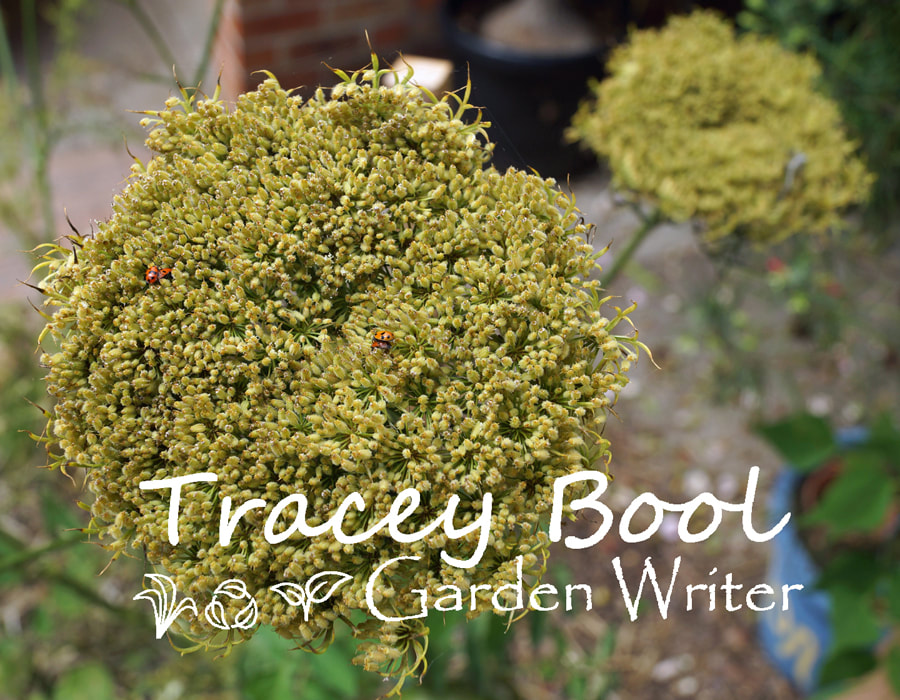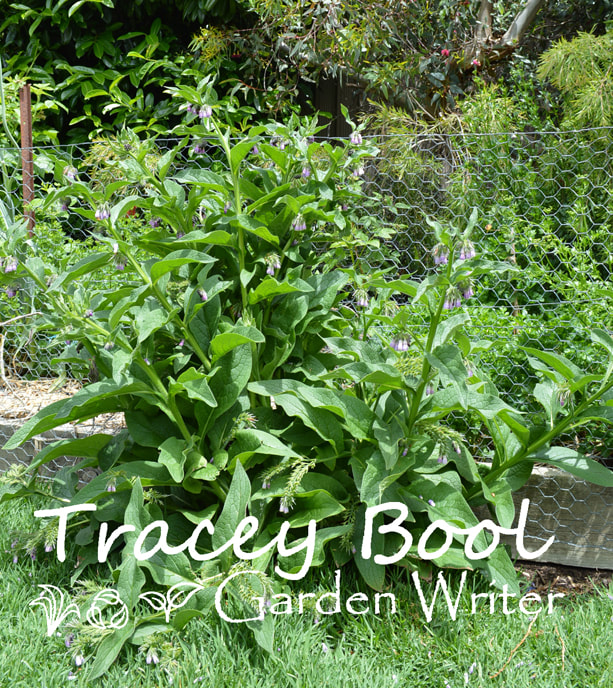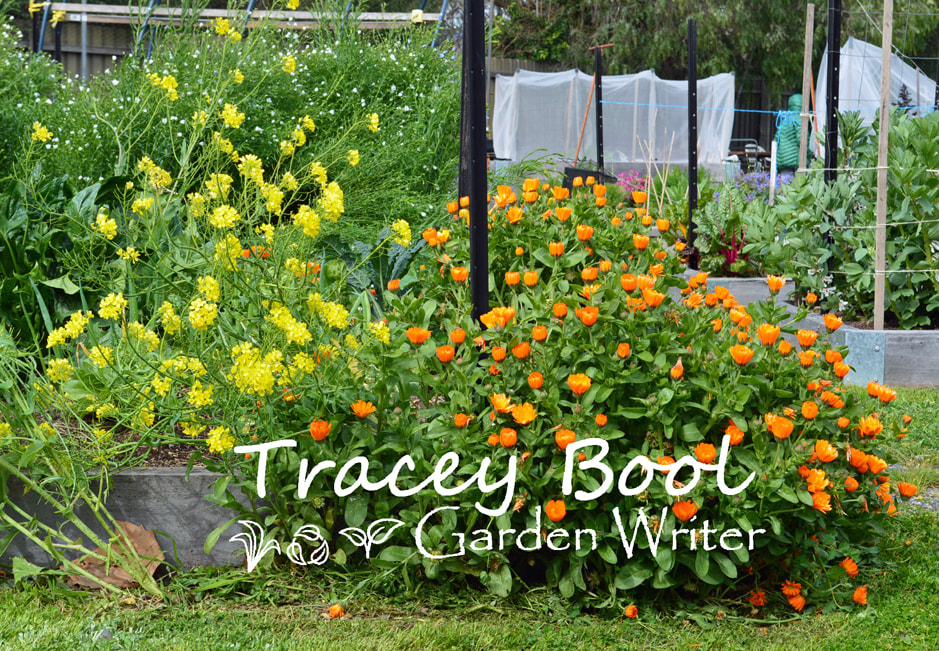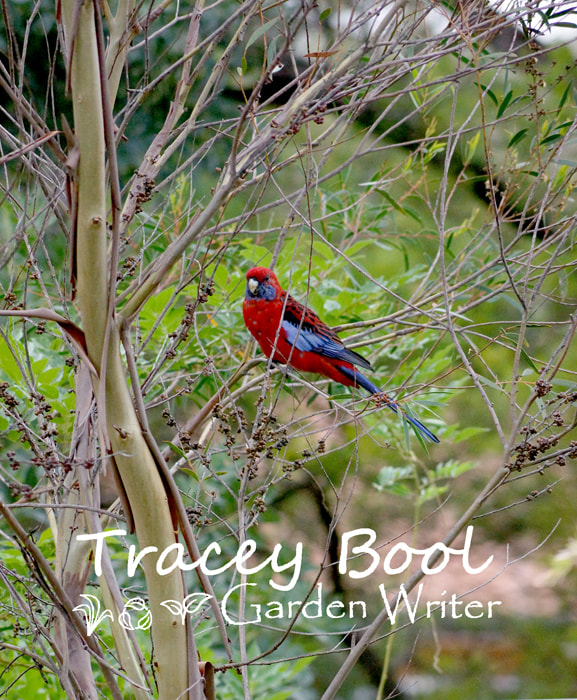|
Make friends using companion plants in your garden What is companion planting I hear you ask? Companion planting is about maintaining plant and garden health through beneficial relationships, such as, disguising or repelling vulnerable plants from pests, adding nutrition to the soil, and encouraging wildlife and soil-abundant gardens. Companion planting compliments existing systems, that is, enhances a diverse and cared for garden. Essentially, companion planting is about fostering this garden diversity. There are several underlying principles of companion planting including:
There are potential challenges and limitations with companion planting to be mindful of, such as:
Some valuable companion plants:
|
|




